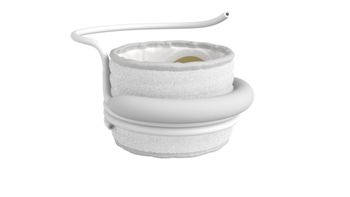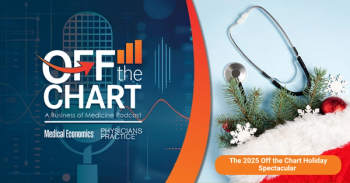
Openwater study shows promise for portable stroke detection tool
Key Takeaways
- Openwater's Open-Motion device enhances LVO stroke detection, outperforming traditional prehospital stroke scales in identifying these life-threatening events.
- Optimizing the device for sensitivity or specificity allows EMS teams to tailor stroke triage based on local needs, improving patient routing.
Openwater's portable stroke detection tool enhances EMS capabilities, improving rapid diagnosis and treatment for severe strokes in emergency settings.
The study, published in the Journal of Stroke and Cerebrovascular Diseases, builds on 2024 research that showed Openwater’s Open-Motion device outperformed current prehospital stroke scales in identifying large vessel occlusions (LVO), a life-threatening type of stroke. In that earlier study, the device correctly identified 79% of patients with LVO and accurately excluded 84% of those without.
The latest analysis focused on how different diagnostic settings affected the performance of the device. Researchers found that by optimizing the tool for either sensitivity or specificity, emergency medical services (EMS) teams could better tailor their approach based on local needs—helping ensure the right patients get to the right hospital as quickly as possible.
“Ongoing research shows the potential for adaptable diagnostic tools to enable EMS teams to optimize stroke triage in the field, helping them make smarter, faster decisions,” said Christopher Favilla, lead researcher and assistant professor of neurology at the Hospital of the University of Pennsylvania.
The Open-Motion 3.0 device has not yet been evaluated by the U.S. Food and Drug Administration and is currently intended for research use only.
Each year, more than 75,000 Americans experience an LVO stroke. These strokes require rapid endovascular therapy (EVT), a procedure best performed within two hours of symptom onset. However, only 37% of the nation’s 1,941 stroke centers currently offer EVT, making accurate field detection and routing essential.
“The findings reinforce that our technology has the potential to provide early and accurate detection of LVO,” said Aaron Timm, CEO of Openwater. “With adaptable, real-time, and portable tools like Open-Motion, we will be able to deliver faster, more precise diagnostics for medical conditions where every minute can make a significant difference in patient outcomes.”
Innovation in stroke detection and emergency care
The field of
Devices like Openwater’s Open-Motion reflect a broader shift toward individualized, data-driven care in neurology. Rather than relying on rigid, one-size-fits-all thresholds, newer tools aim to incorporate contextual data such as transport time, hospital capabilities, and regional EMS protocols to guide decision-making in real time.
Other companies and research institutions are also exploring AI-assisted imaging tools, mobile CT scanners, and wearable sensors capable of detecting stroke symptoms. For example, Viz.ai’s FDA-cleared platform uses artificial intelligence to analyze CT scans for suspected LVO and automatically alert stroke teams. Similarly, the Mobile Stroke Unit (MSU) model, already in use in some urban areas, brings CT imaging and neurologists directly to the patient via ambulance.
However, these innovations face practical hurdles, including regulatory approval, integration into existing EMS workflows, and cost constraints. Tools like Open-Motion, which promise affordability and adaptability, may offer a more scalable solution for rural or resource-limited settings.
Ultimately, the next frontier in stroke care lies in balancing speed, accuracy, and accessibility—getting the right patient to the right place at the right time, with the right information.
Newsletter
Stay informed and empowered with Medical Economics enewsletter, delivering expert insights, financial strategies, practice management tips and technology trends — tailored for today’s physicians.








